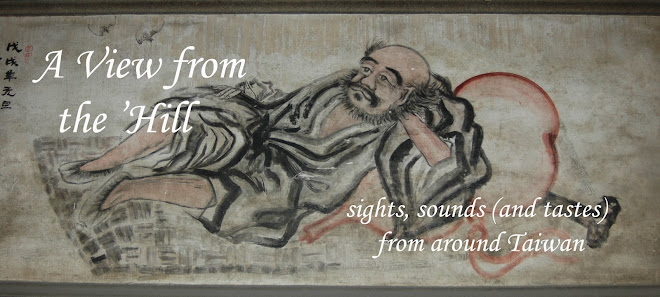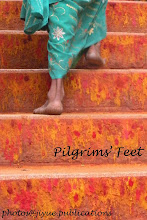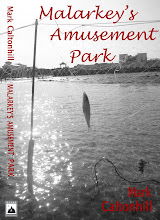China Post editorial:
What can Taiwan learn from the Inuit?
Taiwan's 40 death row inmates will not be executed simultaneously in a mass display of public wrath and vengeance, Minister of Justice Tseng Yung-fu said on Friday, in response to just such a request by some victims' families at a meeting in his office. Nevertheless, he reiterated that even though his ministry had the eventual goal of abolishing the death penalty, those who had already been sentenced to death would be executed as required by the law.
The question of abolition has caused heated debate nationwide following the ending by President Ma Ying-jeou's administration of a five year moratorium on executions earlier this year. Unlike Taiwan's number-one divisive issue — the question of unification with or independence from China — this topic cuts across party lines, and has already taken its first political scalp, that of Tseng's predecessor, Wang Ching-feng.
And it is a subject that will resurface again and again over coming months, as either alone or in small groups, the remaining 40 criminals meet their fates. Those demanding an end to what they see as barbaric vengeance will claim the moral high ground and mount increasingly vitriolic attacks on their ideological opponents and the state officials charged with carrying out these unpalatable acts. Meanwhile, those supporting the death penalty will continue to claim a popular mandate, and argue for implementation of tough laws in the face of liberal ideology and soul-searching. There is even talk of holding a national referendum to decide the issue, if not once and for all then at least for the foreseeable future.
But the issue is immensely complex and should not be decided by emotions or political considerations. It hinges on the fundamental relationship between a society and the laws it draws up to promote its good functioning.
Underlining his resolve to carry out the death penalties, Tseng also said Friday that “Law is meant to bring justice to the world.” But law and laws are designed to do much more than that. They are promulgated to persuade wrongdoers to mend their ways, to persuade would-be wrongdoers not to go down that path, to remove offenders from society and thus prevent them causing any more trouble (either temporarily or permanently), to provide victims or their families with a feeling of retribution, to provide society with a feeling of retribution, to protect people's basic rights but prevent them from infringing on other's rights and interests, to codify social and religious taboos, but above all, they are designed to continue the smooth running of society.
And different societies at different times need different sets of laws. Just about as far removed as possible from Taiwan's subtropical and largely urban and industrial environment is the arctic, nomadic, fishing and hunting culture of the Inuit. It is hard to imagine a more hostile environment for human beings to eke out an existence, and the Inuit traditionally formed communities that were strongly interdependent.
This reliance on each other was represented in their legal customs, which prioritized peace and social order, and made sure that responses to an offence would not cause further problems for the community. First violations or minor infractions were often seen as society's failure to take care of the offender, either materially or socially, and so went unpunished. Transgressors' behavior was simply ignored, in the hope that it would stop.
Repeat offenders or those committing more serious crimes became the subject of gossip, public ridicule and social criticism intended to curb greedy, selfish or unconstructive habits. Beyond this, disputes could be settled by song duels (which sound like an ancient form of rapping, with antagonists singing about each other's faults), fist fights and wrestling matches.
If these less subtle pressures were ineffective, social ostracism was used and, in extreme cases, physical ostracism from the community. In such a harsh environment where mutual aid was imperative, this latter punishment was equivalent to a death sentence. If all else failed, Inuit communities might occasionally resort to killing a repeat murderer or similar offender in order to ensure the survival of the group.
In all these measures, the needs of the community were paramount, and punishments were designed to impact material and social well-being as little as possible. Moreover, in a culture that traditionally had little excess wealth to spend individually on fines or collectively on imprisonment, social pressures and ostracism were cheap as well as effective.
Quite clearly, traditional Inuit legal practices are not suited to Taiwan in the 21st century (indeed, as the Inuit have moved from nomadic lifestyle to semi-permanent settlements, they are no longer entirely suited to contemporary Inuit communities). Their emphasis on maintaining peace, order and social harmony are worth bearing in mind, however, as Taiwan struggles to balance its conscience and utilitarian needs and re-assess its criminal code over the coming months and years.




No comments:
Post a Comment